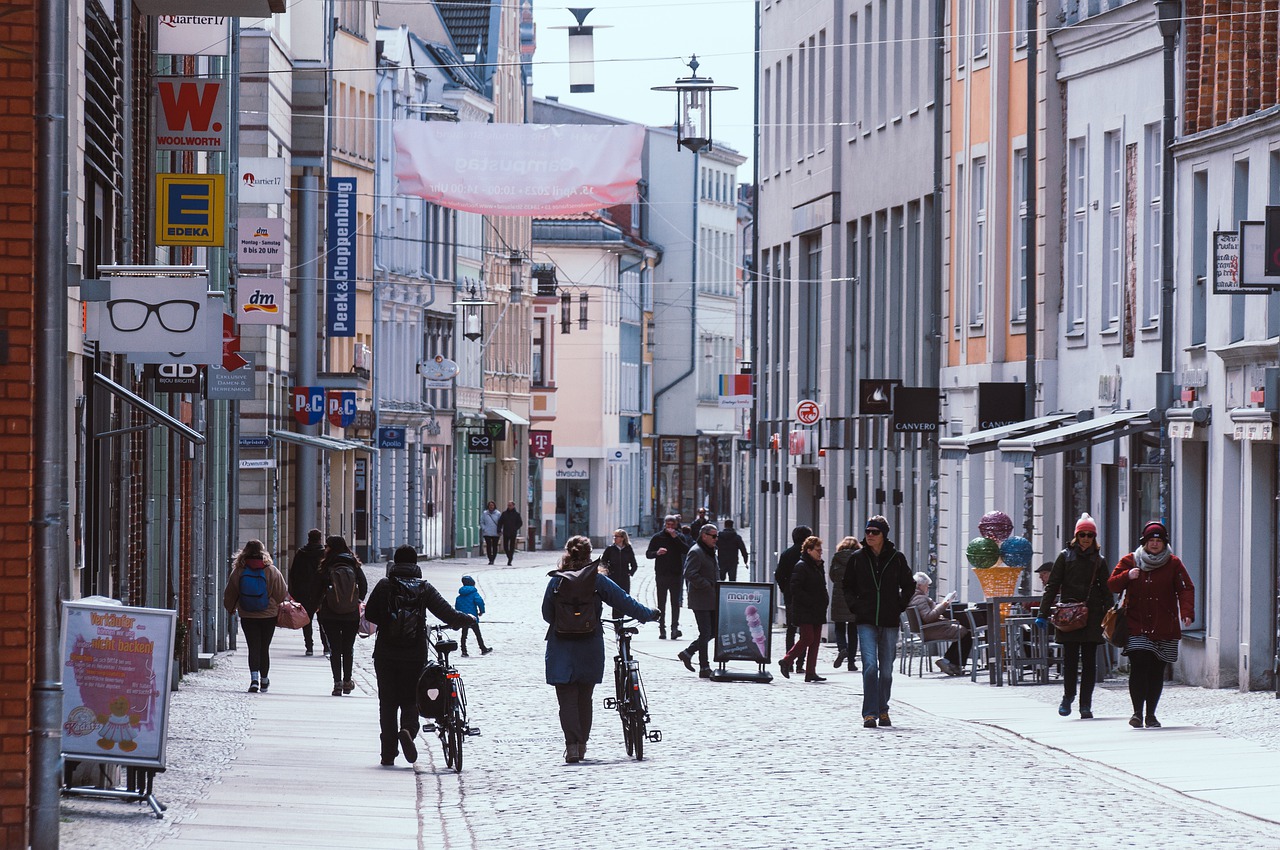The Influence of Pandemics on Travel: Adapting to New Health and Safety Measures
As the world grapples with various global health crises, the tourism industry has faced unprecedented challenges. The outbreak of infectious diseases such as COVID-19 have led to widespread travel restrictions, border closures, and a significant decline in tourist arrivals worldwide. This has resulted in massive financial losses for airlines, hotels, tour operators, and other businesses dependent on the tourism sector. Many countries that heavily rely on tourism as a major source of revenue have been severely impacted, leading to layoffs, closures, and economic turmoil.
Evolving Travel Guidelines and Protocols in Response to Pandemics
With the outbreak of pandemics, travel guidelines and protocols have undergone significant transformations to ensure the safety of travelers and curb the spread of infectious diseases. Governments and health authorities across the globe have implemented stringent measures such as mandatory mask-wearing, temperature screenings, and social distancing protocols to minimize the risk of transmission in airports, hotels, and other travel settings. Additionally, frequent sanitation of high-touch surfaces and enhanced air filtration systems have become standard practices in the travel industry to maintain a clean and hygienic environment for passengers.
Moreover, the introduction of digital health passports and pre-travel testing requirements has become essential in navigating the complexities of traveling during a pandemic. These measures not only facilitate contact tracing efforts but also provide travelers with peace of mind knowing that stringent health protocols are in place to protect their well-being. As the world continues to adapt to the challenges posed by public health emergencies, the evolution of travel guidelines and protocols will remain crucial in restoring consumer confidence and revitalizing the tourism industry.
• Digital health passports and pre-travel testing requirements have become essential
• Facilitate contact tracing efforts and provide peace of mind to travelers
• Strict health protocols in place to protect well-being of passengers
• Evolution of travel guidelines crucial for restoring consumer confidence and revitalizing tourism industry
Changes in Travel Behavior and Preferences during Public Health Emergencies
During public health emergencies, travelers tend to prioritize safety above all else when making travel decisions. This shift in behavior is evident as individuals opt for destinations with lower infection rates and stringent health protocols in place. Travelers are now more inclined to choose less crowded locations and accommodations that follow strict sanitation measures to minimize the risk of exposure to illnesses.
Additionally, there has been a notable increase in the demand for flexible booking options and travel insurance to provide added protection against unforeseen circumstances. Travelers are more cautious and are likely to plan their trips with the flexibility to make changes or cancellations if needed. This adaptability has become a crucial factor in travel preferences during public health emergencies, giving travelers a sense of control and security amidst uncertain times.
How do global health crises impact the tourism industry?
Global health crises can have a significant impact on the tourism industry, leading to decreased travel demand, cancellations of flights and accommodations, and disruptions in travel plans.
What are some evolving travel guidelines and protocols in response to pandemics?
Some evolving travel guidelines and protocols in response to pandemics include mandatory mask wearing, social distancing measures, increased sanitation and hygiene practices, and health screenings at airports and other travel hubs.
What changes in travel behavior and preferences can be observed during public health emergencies?
During public health emergencies, travelers may exhibit changes in behavior such as avoiding crowded tourist destinations, opting for less crowded and remote locations, and prioritizing health and safety measures in their travel plans.





